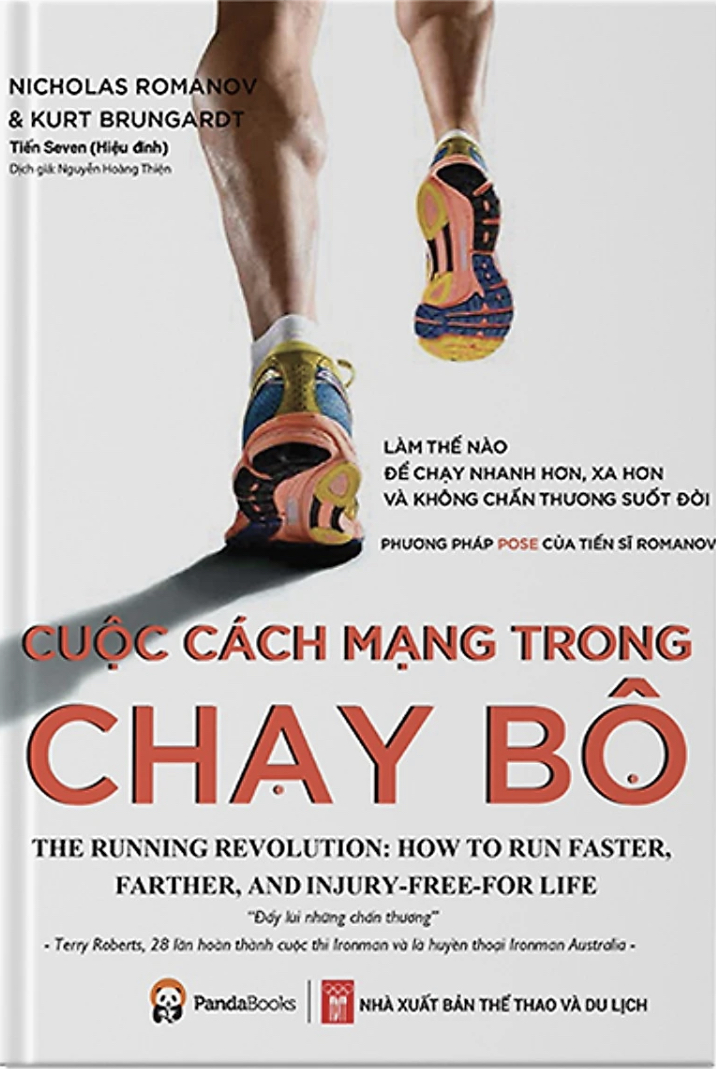What do you think?
Rate this book


Unknown Binding
First published September 30, 2014
"To maximize performance and minimize injury, you want to buy a light shoe with a sole that is flat, thin, and flexible. This allows you to develop a very precise, refined interaction between your foot and the ground - an impossible feat with a thick and inflexible shoe sole. In a movement where every hundredth of a second counts, neuromuscular coordination is crucial for getting on and off support quickly. Excess cushioning delays this process, and as a consequence, running technique deteriorates." (p. 27)
"With the concept of the running Pose we depart from conventional thinking that says there is no universal pattern to optimum running, that sees running as an individual style, whereby everyone runs the way that feels best to him or her - heel strike or no. Conversely, I argue that there is a universal biomechanical structure to running. The running Pose is one of the three invariable elements of running - the foundational elements that every human body passes through when running. " (p. 89)